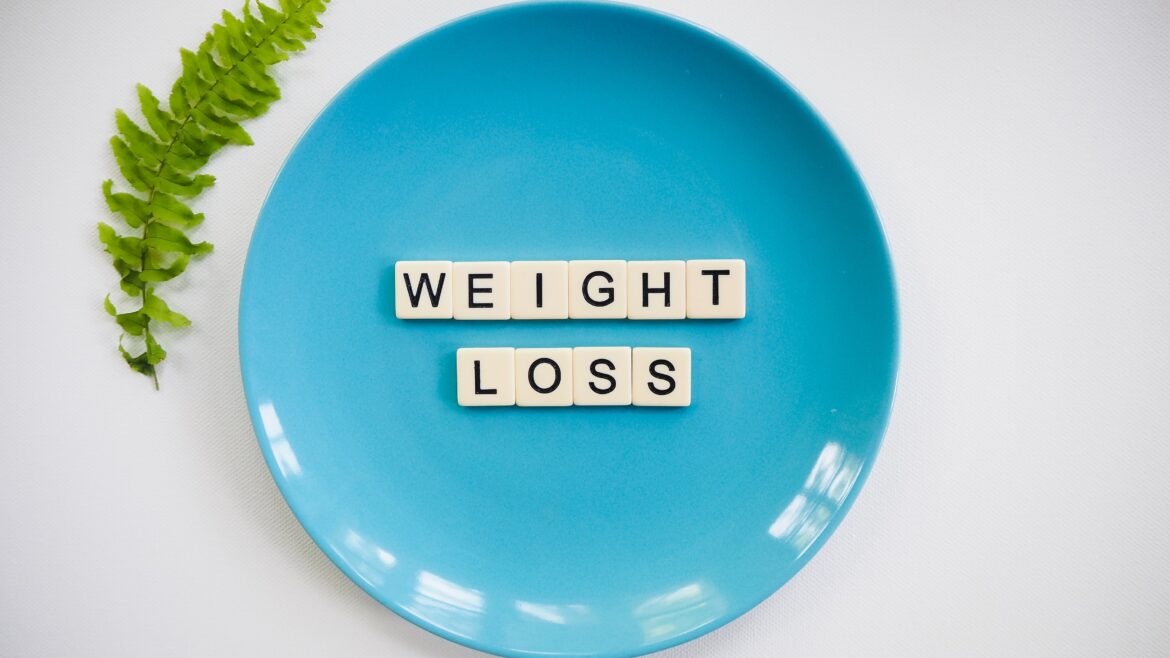How to Lose Weight: A Beginner’s Guide
It is not easy to lose weight. If you’re serious about weight loss, you need to change your lifestyle to include eating a variety of healthy foods, exercising regularly, sleeping enough, and managing stress.
To get started, Follow these steps
Step 1: Decide to do something
Changing your lifestyle and losing weight are big steps. You have to commit to yourself if you want to achieve them.
It doesn’t matter what your motives are, whether you want to feel better in your clothing, want to prevent heart disease in your family, or want to watch your kids get married, writing them down can make them more convincing that you are committed to losing weight. Make sure you post these reasons where you will see them every day as reminders.
Step 2: Identify your current situation
If you have any weight-related risk factors, ask your health care provider about them.
In addition to referring you to a registered dietitian and other clinical or community programs, medications or devices approved by the FDA, and surgery, your health care provider may provide you with resources to support a healthy weight. Check on your weight or any health issues related to it by scheduling a follow-up appointment.
Make a food diary and record what you eat for a few days to gain a better understanding of what you eat and how you eat.You can learn about your current habits and stressors by tracking physical activity, sleep, and emotions, as well as keeping a food diary.
In order to lose weight, you have to examine your lifestyle. Think about what might be impeding your weight loss efforts. Are you out of shape because of your work schedule, or are you overeating because of your children’s sweet tooth? You may be able to help overcome the problem by thinking about ways you can deal with high-calorie items at work, like doughnuts, that are often brought to the workplace by coworkers.
Step 3: Make realistic goals
If you want to lose 40 pounds and control your blood pressure, set some short-term goals and give yourself rewards along the way. If you’d like to make short-term improvements in eating and exercise, then try drinking more water instead of sugar-sweetened beverages, walking 15 minutes at night, eating salads or vegetables with dinner.
Focus on two or three goals at a time. Effective goals are —
- Specific
- Realistic
- Forgiving (less than perfect)
As an example, saying “exercise more” will be nothing more than a general goal. However, stating “I will walk 15 minutes, 3 days a week for the first week” will be a specific and realistic goal.
You’ll feel good about your progress and be motivated to continue by achieving your short-term goals day-by-day. Remember that small changes can lead to big results over time by focusing on your short-term goals every day. You might feel defeated and frustrated if you set unrealistic goals, such as losing 20 pounds in two weeks.
In addition to being realistic, it’s also important to anticipate occasional setbacks. They can occur for any number of reasons, from the holidays to working longer hours to personal changes. Take time to think about how you can prevent future setbacks when setbacks occur in the future. Get back on track as soon as possible.
If your neighbor got in shape by taking up running, it doesn’t mean that you should too. Everyone is different. It might work for someone else but might not work for you. Make sure you are active as often as you can. Engage in a variety of activities such as walking, swimming, tennis, or group exercise classes. Choose what you like best and can fit into your schedule. These activities will be easier to maintain over time.
Step 4: Find A Home-Based Diet Plan
Having supportive family members or friends can make weight loss efforts more manageable. Talking to someone and relying on them for encouragement makes making lifestyle changes easier. It would be great to share healthy recipes and plan group physical activities with coworkers or neighbors who have similar goals as you.
Getting in touch with a registered dietitian or joining a weight loss group can help.
Step 5: Getting Started
It is important to regularly evaluate your progress on the goals you set in Step 3 and to revise them as necessary. If the goal is to walk every morning but you cannot fit it in before work, you might be able to shift work hours or walk during lunch or after work. Then modify your goals and rewrite them as necessary to reflect what is working well and what needs to be tweaked.
You can continue to achieve success by adding a new goal if you are consistently achieving your current one.
You deserve rewards! Recognize your progress and be proud of your accomplishments. You can use non-food rewards such as freshly picked flowers, a sports outing with friends, or a relaxing bath to reward yourself. In order to achieve better health, you need to be motivated by rewards.


5 Comments
Pilli Keerthi
Loseweight
Deekshitha
I need guidance for weight loss
Priyanka Mhatre
I want to loose weight
azara jhan
I have tried many diet but nothing seems to work. I walk around 6000steps daily but my weight is struck. I eat a calorie deficit diet but walking and calorie deficit is not working as well.
Ruma sarkar
Weight loss